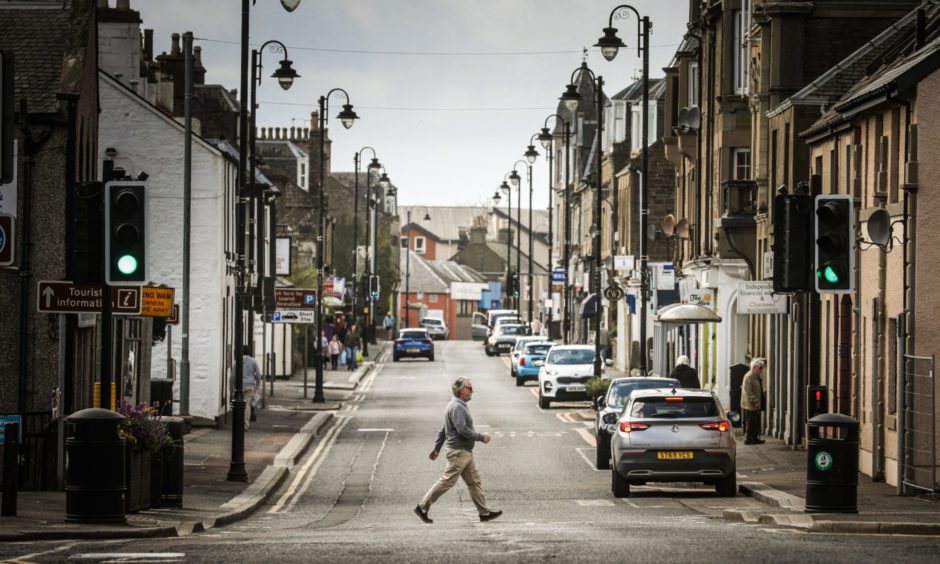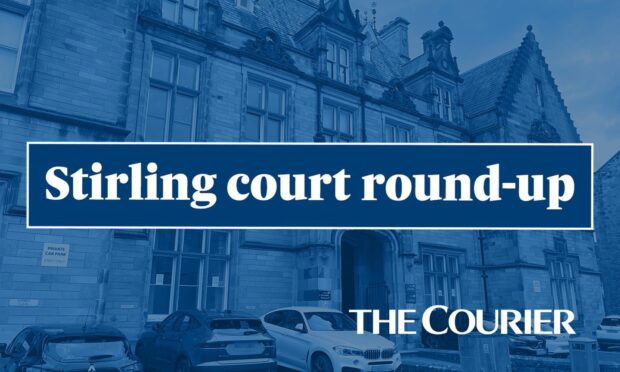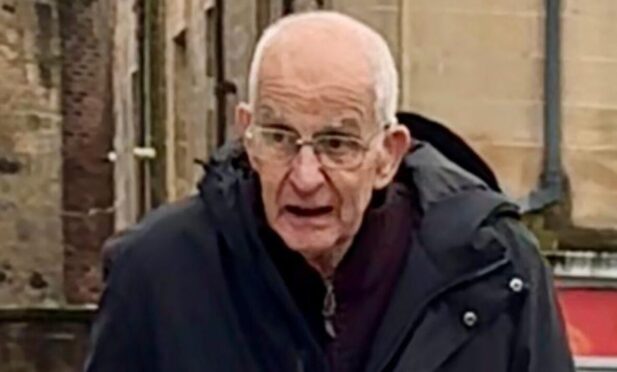Angus, Fife, and Perth and Kinross local authority areas will all be moved from tier two to three from Friday, November 13.
It means the same restrictions which have been in place in Dundee since the start of the month will be enforced across the whole of Tayside and Fife.
Ms Sturgeon told MPs that the three areas are on a “sharply rising trajectory” in regards to Covid-19 infections.
She said: “While on the raw indicators alone, Angus and Perth and Kinross are not yet meeting the level three threshold, and Fife is meeting just one of them, all areas are on a sharply rising trajectory.
“The most recent data shows that in the space of a week the seven-day number of cases per 100,000 of population has increased in Perth and Kinross by 32%, in Fife by 40% and in Angus by 47%.
“The advice of the chief medical officer and national clinical director is that level two restrictions may well not be sufficient to slowdown and reverse increases of this magnitude, and as a result an early move to level three was strongly recommended.”
Here is your guide to what this means for the people of Angus, Fife and Perth and Kinross.
Why are the areas in tier three?
The current level has been determined by the Scottish Government in conjunction with public health officials. It reflects a number of local factors, including the prevalence and transmission of coronavirus (Covid-19) in the areas.
Can I see family and friends?
As has been the case for the past few weeks, up to six people from two households can continue to meet outdoors and in hospitality settings such as cafes and restaurants. However, with limited exceptions such as extended households, you should not meet people within your own home.
What does tier three mean for travel?
There should be no non-essential travel outwith your local authority area. There are exemptions for people who need to travel into, or out of, these areas for essential work, education, shopping or health reasons. It is also permitted to travel to another area for shared parenting and to attend weddings and funerals. You can travel up to five miles, including into another area, for outdoor exercise.
Those on public transport have been ordered to wear a face covering unless exempt. People should also avoid car sharing with anyone from outside their household wherever possible. Active travel – walking, cycling etc – is encouraged.
What does it mean for work?
Until it is deemed safe for workplaces to reopen, working from home and working flexibly will remain the default for those who can.
Where homeworking is not possible, businesses and organisations are encouraged to manage travel demand through staggered start times and flexible working patterns.
I live in a tier 1/2 area but work in Angus, Fife or Perth and Kinross. What should I do?
The default position remains that anyone who can work from home should continue to do so. If it is essential that you travel to another area for work then you can do so. Avoid car sharing where possible and, if you have to use public transport, wear a face covering unless you are exempt.
I live in Angus, Fife or Perth and Kinross but work in a tier 1/2 area. What should I do?
As with the above, the default position remains that anyone who can work from home should continue to do so. If it is essential that you travel for work then you can do so. Avoid car sharing where possible and, if you have to use public transport, wear a face covering unless you are exempt.
What does tier three mean for schools?
Keeping schools open for the safe education of young people has been deemed a priority. Under the tier three restrictions, schools remain open with enhanced protective measures in place. In addition to wearing a face covering in communal areas, pupils and staff in S4-S6 classes are required to wear a face covering in class, unless exempt. Pupils in S1-S3 may also wish to consider wearing a face covering in class.
I have younger children. What childcare arrangements are allowed?
Early learning facilities and formal childcare can continue to operate, with enhanced protective measures in place. Informal childcare is allowed with restrictions on numbers.
What about universities and colleges?
The tier three protection level means that universities and colleges must offer blended learning. Please contact your university or college directly for further information.
I am on the shielding list. What does this mean for me?
While this is not a return to the restrictions that were in place during lockdown, shielders are being asked to try to reduce contact with others. and limit meeting people outside their own household and avoid indoor public spaces as much as possible. It has been deemed important that they strictly follow the guidelines when shopping and limit the number of times shop visits, going at quieter times wherever possible. Those who can’t work from home are urged to speak to their employer to ensure all appropriate protections are in place. If these cannot be implemented, discuss getting a fit note with a GP or clinician.
Anyone who requires assistance can contact the helpline on 0800 111 4000.
I have a child who is on the shielding list. What should I do?
Parents or guardians should discuss with their GP or clinician whether children on the shielding list should still attend school or formal childcare.
I’m not on the shielding list but am in need of support. What should I do?
Lifeline support is available to people who have been asked to self-isolate under measures prevent the spread of coronavirus, or who are otherwise vulnerable and in urgent need of help.
What sport and exercise is permitted under tier three restrictions?
All outdoor exercise is allowed, except contact sports for over 18s (professional sports have an exemption). Please continue to exercise regularly if you can, taking advantage of green spaces, but avoid crowded areas wherever possible.
Indoors, unless you are aged under 18, you should only take part in individual exercise. Classes and group exercise sessions are not permitted.
Will the shops remain open?
All shops can remain open. Customers and staff should continue to follow the public health guidance on face coverings and social distancing.
What does it mean for cafes, pubs and restaurants?
Cafes, pubs and restaurants can open until 6pm. Alcohol cannot be consumed on the premises and you must be seated to eat and drink. Takeaway alcohol and food sales can continue.
Hotels and other accommodation can continue to be able to serve evening meals to residents.
What about leisure and entertainment?
Leisure and entertainment venues are not permitted to open under the restrictions. Examples of this include cinemas, amusement arcades, soft play, funfairs, indoor bowling, theatres, snooker/pool halls, music venues, casinos, bingo halls, nightclubs and adult entertainment.
Can I get my hair cut or visit a beautician?
Close contact services, such as hairdressers, barbers and beauticians can remain open, but may be subject to additional protective measures. Customers should wear a face covering at all times within the premises unless exempt.
Mobile hairdressing and barbering can continue in tier three. All other mobile close contact services will not be able to operate.
Are driving lessons allowed?
Yes, these are permitted under the current protection level.
I am planning to visit a tier three area for work or leisure. Is this allowed?
People should only be travelling into tier three areas for essential purposes. Hotels, B&Bs etc can open, but only for essential, work-related use. The guidance discourages the use of accommodation for leisure/tourism purposes by people from outwith the area.
I own a business which is significantly affected by these restrictions. What help is available?
A grant of £2,000 or £3,000 (depending on rateable value) is available for businesses required to close by law, payable every four weeks for the duration protective measures are in place. A hardship grant of £1,400 or £2,100 (depending on rateable value) is also available for businesses that remain open but are specifically required to modify their operations by protective measures.
A range of other advice and support is available. For further information please see the business section below.
When will the level change?
The levels throughout Scotland will be reviewed weekly. However, it is likely that levels will generally remain in place for at least two to four weeks to give time for measures to have an effect on the transmission of the virus.










